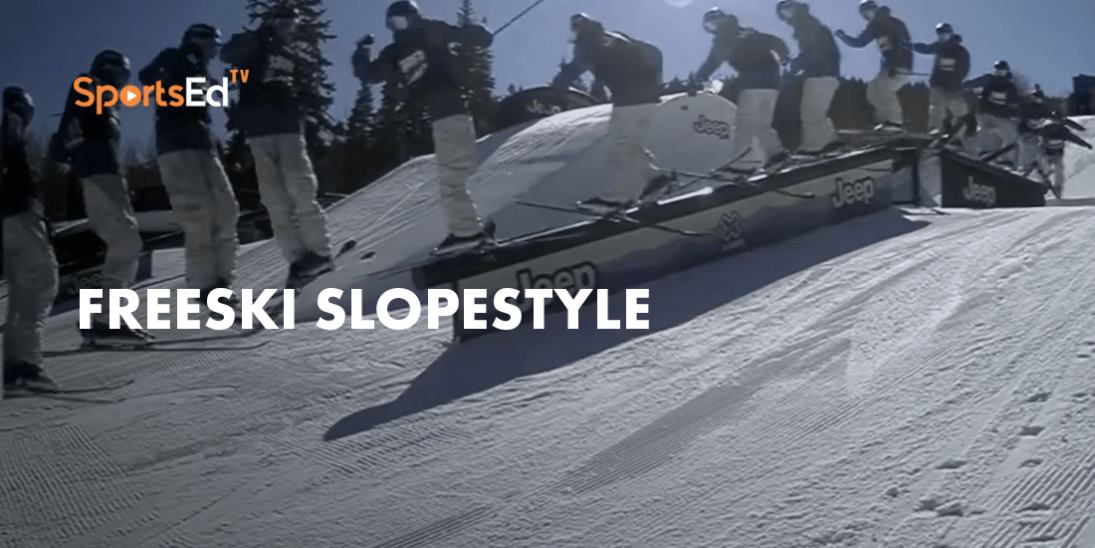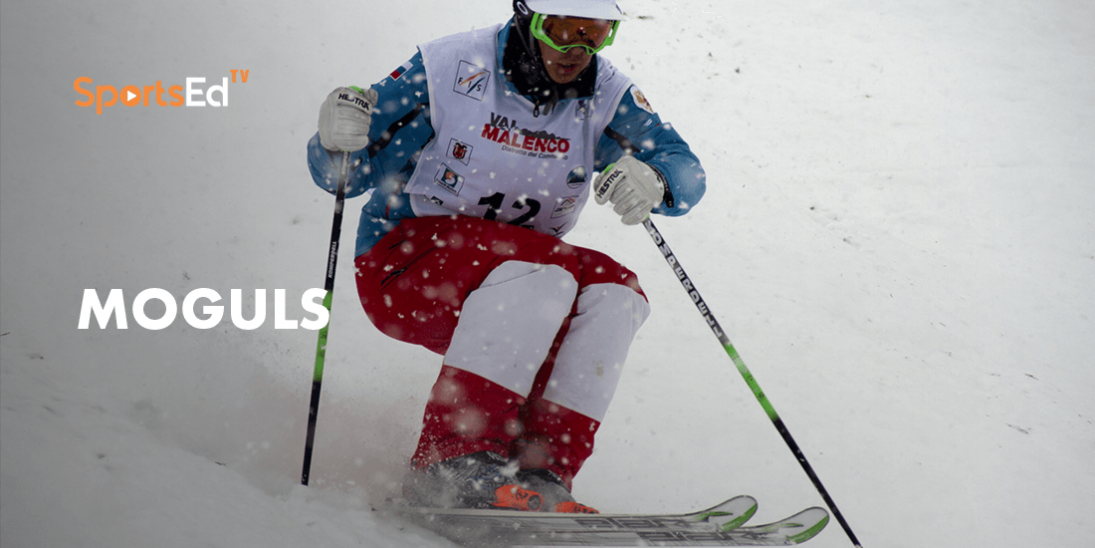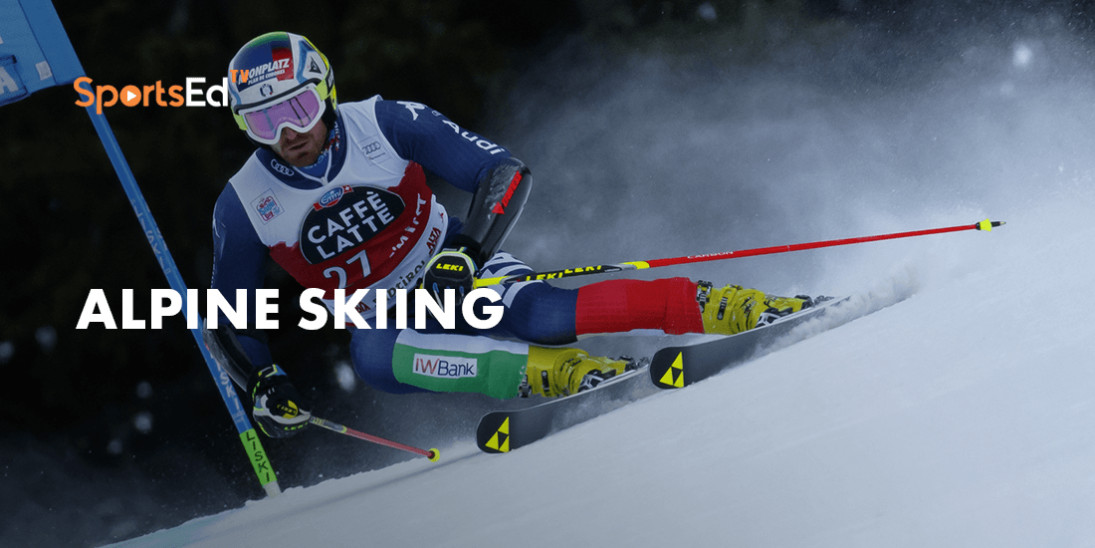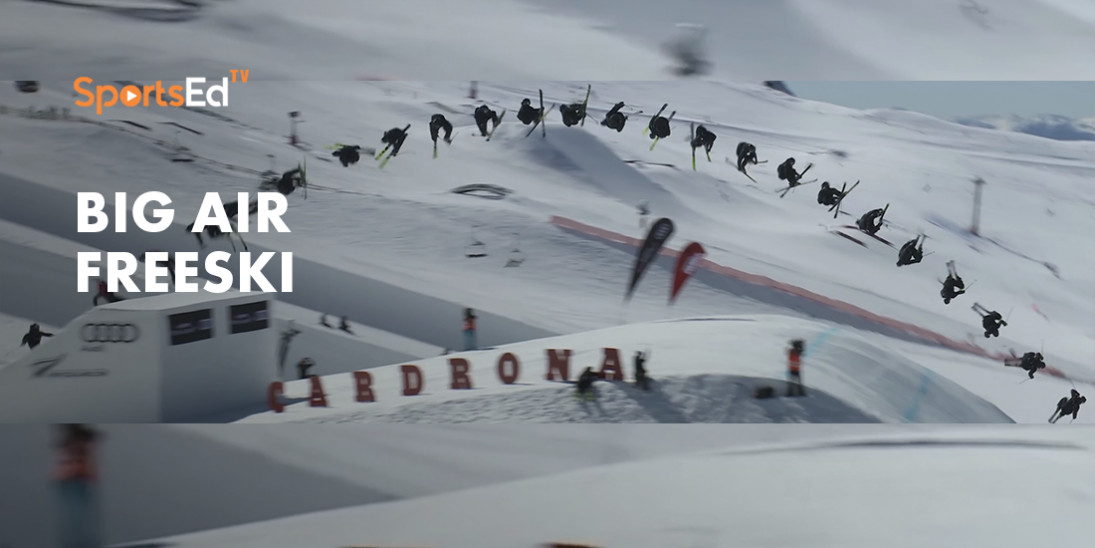Skiing
Welcome and thanks for visiting...

Basics of Ski Jumping Competition
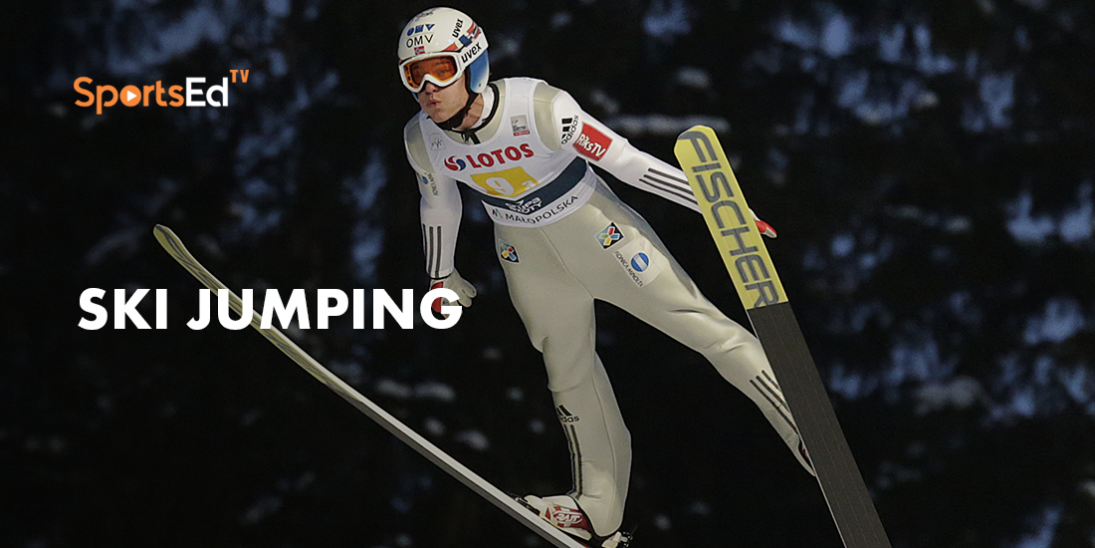
Ski Jumping is a test of speed, skill and flight.
An athlete must descend a specially constructed ramp known as an inner run. As they ski off the end, they must pretend to fly as far as they can.
Aiming to land successfully on the steeply sloped hill, an athlete’s score combines two elements-- the distance of the jump and the number of style points 5 judges award.
Ski jumping is often divided into four different phases-- in run, take off, flight, landing on the end run. The athlete focuses on maximizing speed while minimizing friction between the skis and the track surface and minimizing aerodynamic drag.
They bend their knees into a crouched position to reduce drag and decrease the surface area of their body in contact with the air with an optimum body position.
They can reach top speeds of up to 100 kilometers an hour in less than five seconds. During the takeoff the ski jumpers straighten and extend their body.
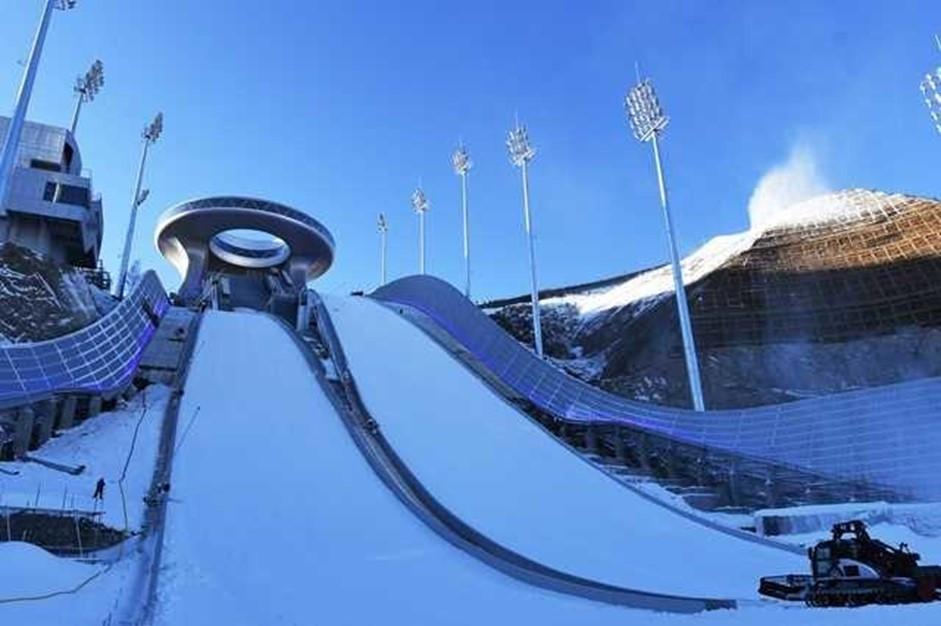
A headwind is preferred in ski jumping because it provides lift. A tailwind shortens flight. l So as the headwind air hits horizontally, its lifts and pushes the athlete upwards and allows them to soar further down the hill. This makes wind an important but uncertain factor in the sport, and that can affect the jumps of the athletes greatly if it changes significantly during the competition.
Therefore, wind direction and speed are measured during each jump. Points can be deducted for headwind and added for tailwind.
During flight, the athlete tries to make their body as straight as possible, with their skis pushing against the air. The skis, suit and body position of the athletes are all designed to increase the in-flight surface area, which in turn increases lift their body position, has the skis in a vee shape and arms held slightly away from the body to maximize that surface area.
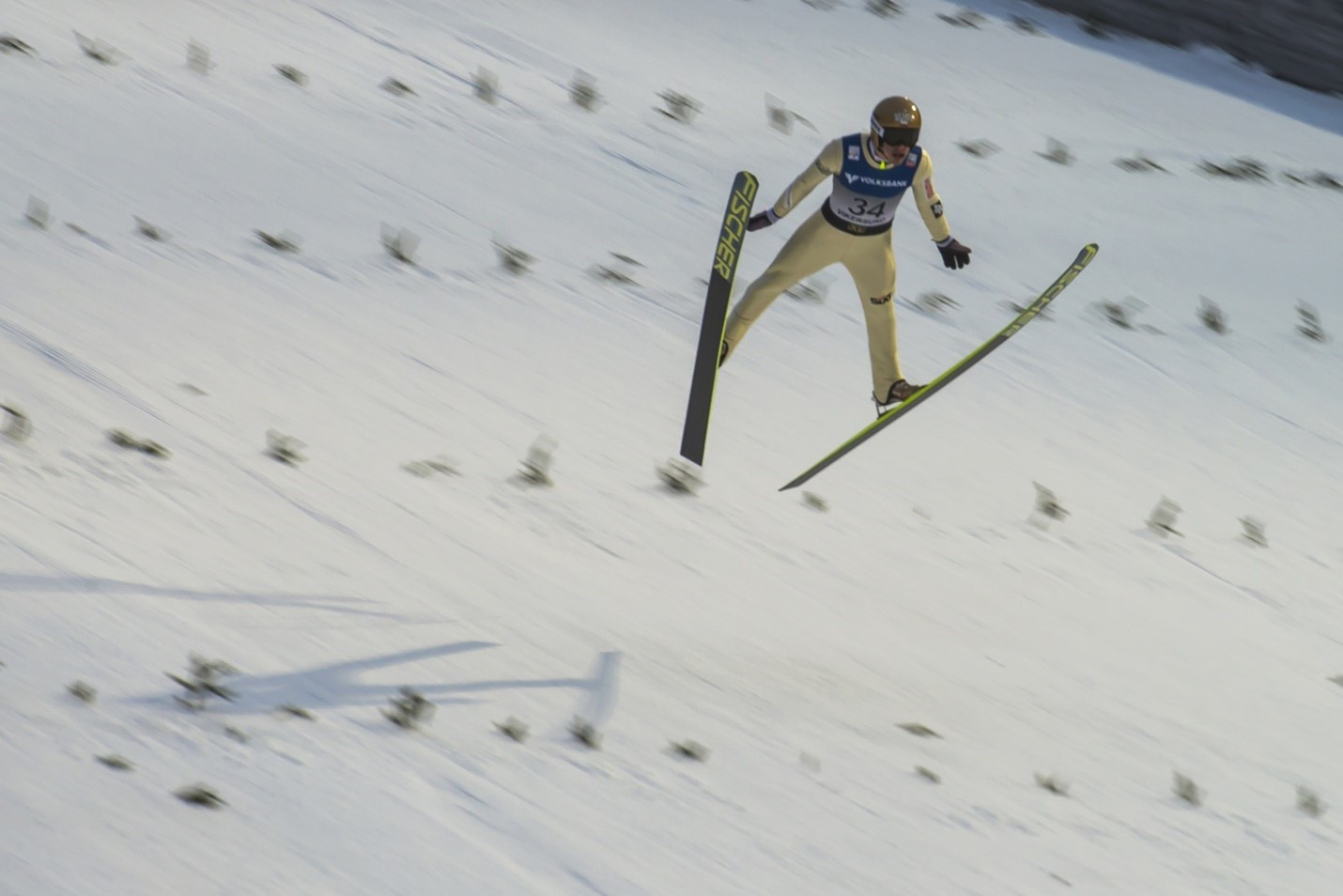
Each hill has a line known as the key point, and the jumper must try to reach or pass this point during the landing. If they reach the key point, they will receive 60 points with points added or deducted, depending on how short or further past the key point the athlete has landed.
